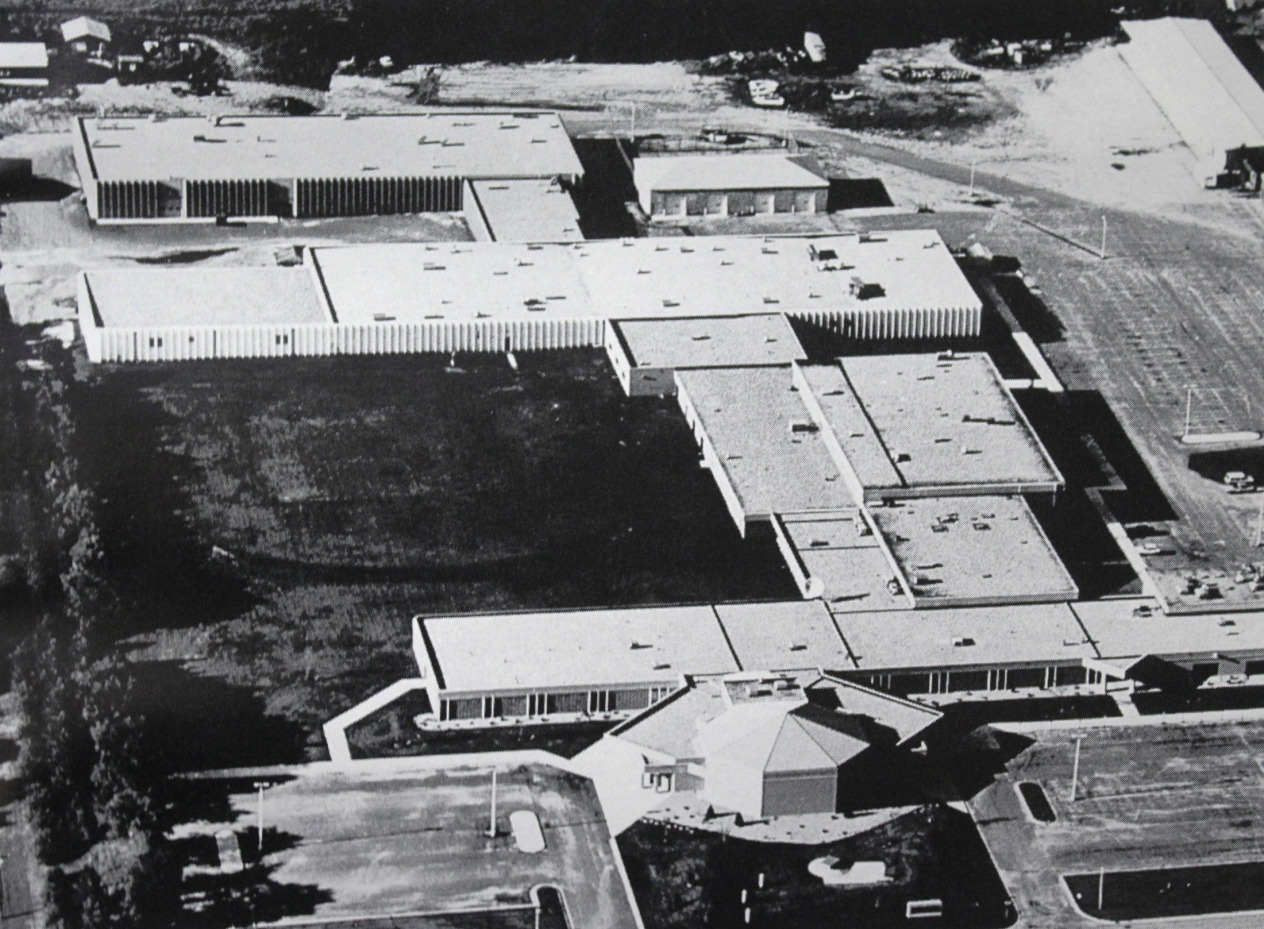Control of Hazardous Energy Sources (Lockout/Tagout) Policy
Purpose
The purpose of this policy is to prevent injury or death from the unexpected start-up or release of stored energy during maintenance of or service work on campus equipment and machinery.
Policy
It is the policy of Minnesota State Community and Technical College that any time routine maintenance or service work is performed on equipment, all forms of energy associated with the equipment be disabled before work begins. Maintenance or service work is defined as constructing, installing, setting up, adjusting, inspecting, modifying, maintaining or servicing machines or equipment. Wherever possible, a positive means to disable the energy source, such as a locking device, will be used. Tags alone will be used only on equipment where it is impossible to attach a lock.
The College will develop a written general lockout/tagout procedure. In addition, for all equipment with more than one energy source or that requires more than one lockout device, individual procedures will be written.
All employees or students using lockout/tagout procedures will receive training initially and when procedures or equipment changes occur. Employees working in areas where lockout/tagout is used will receive training in the purpose and recognition of lockout/tagout procedures.
Employees authorized to use lockout/tagout procedures will be issued personal lockout equipment. Only one key will be issued with each lock. Keys will not be duplicated. Locks will not be removed without verification that the employee who placed the lock is not in the facility and is notified before returning that his/her lock has been removed. A record of all assigned lockout devices will be kept by the Facilities Services Supervisors/Building Maintenance Foreman.
Each employee authorized to perform lockout/tagout procedures will be evaluated annually.
Responsibility
Campus Officer
- Ensure policy is implemented and responsibilities are delegated.
Facilities Services Supervisor/Building Maintenance Foreman or Lead Maintenance or Repair Worker
- Participate in developing lockout/tagout procedures.
- Authorize employee use of lockout/tagout.
- Ensure authorized and affected employees are trained.
- Conduct annual inspections to verify compliance with procedures.
- Maintain master keys and log of equipment.
General Repair Workers/Plant Maintenance Engineer
- Participate in training.
- Understand the hazards of unexpected energization of equipment.
- Use lockout/tagout procedures during all maintenance and service work.
Faculty and staff working in academic programs requiring control of hazardous energy sources
- Participate in training.
- Understand the hazards of unexpected energization of equipment.
- Use lockout/tagout procedures during all maintenance and service work.
Students participating in academic programs requiring control of hazardous energy sources
- Understand the hazards of unexpected energization of equipment.
- Use lockout/tagout procedures during all maintenance and service work.
References
OSHA Regulation 29 CFR 1910.146, The control of Hazardous Energy (Lockout/tagout)
